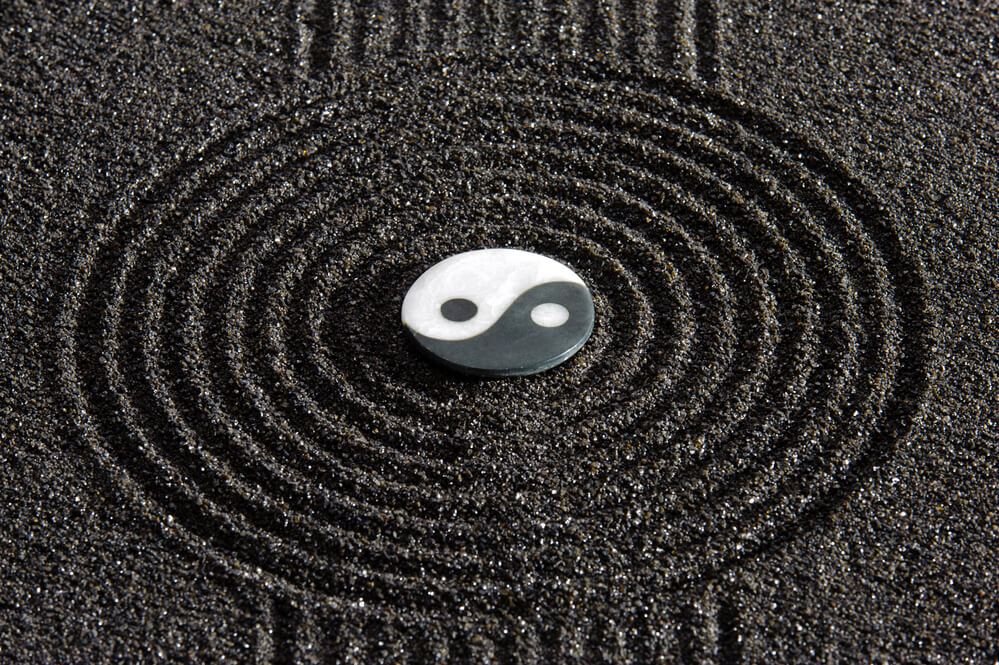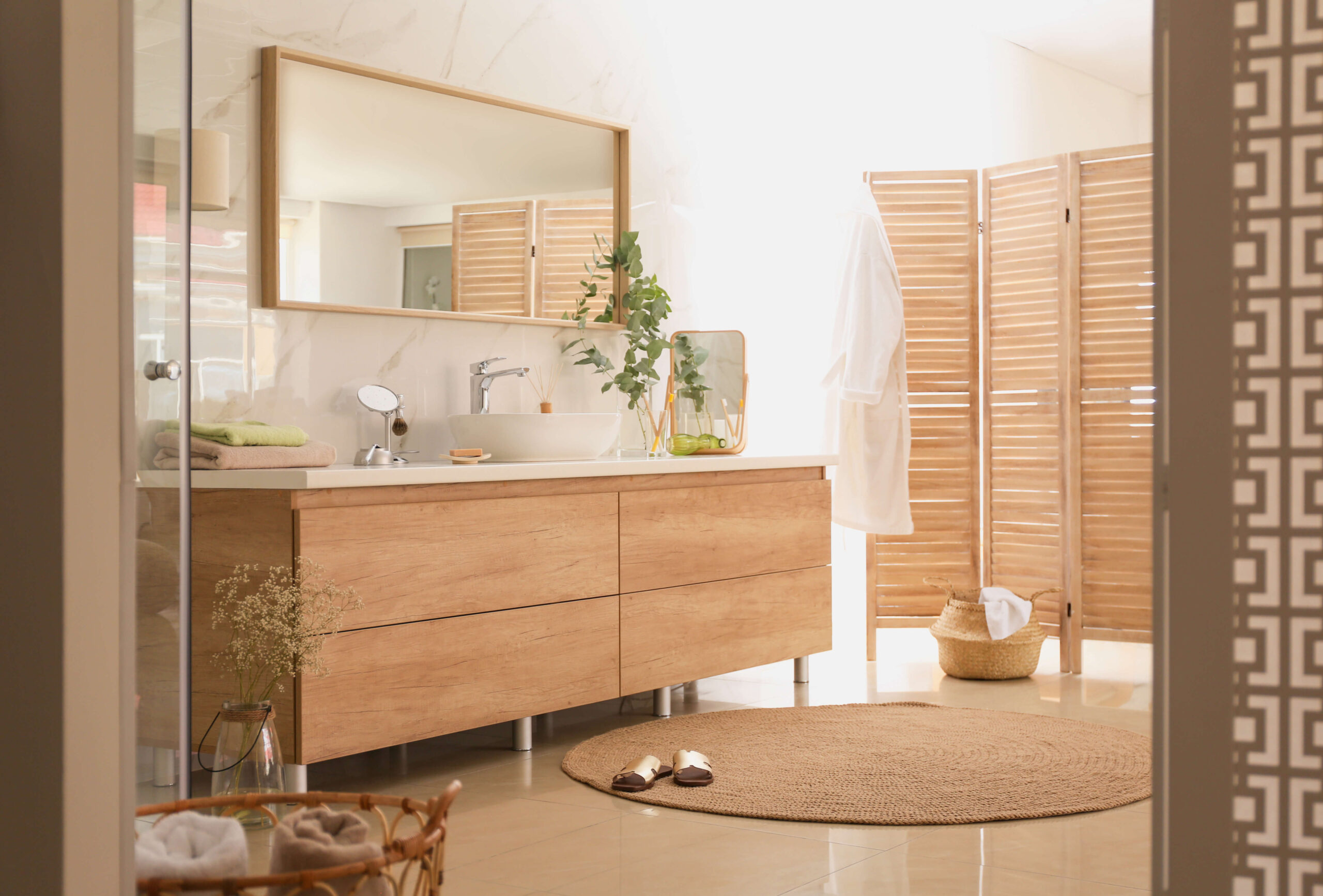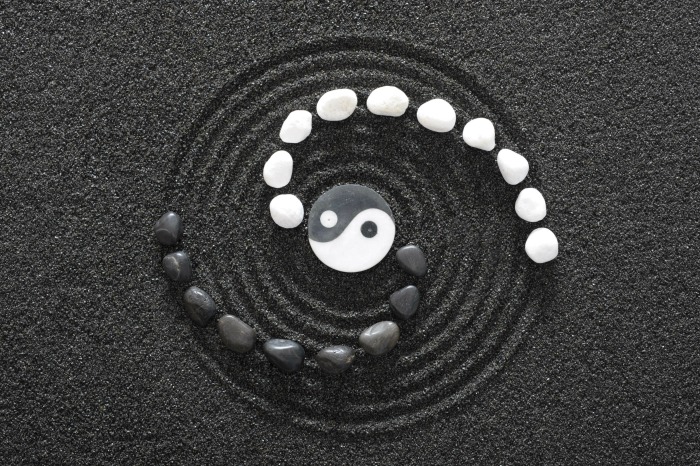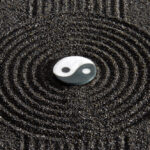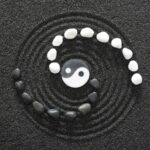How To Incorporate The 3 Principles Of Feng Shui In Your Space

The three main principles of Feng Shui – Chi, Yin and Yang, and the Five Elements – are fundamental in creating spaces that are harmonious and welcoming.
Applying these principles in structuring your home and office can significantly enhance wellness and embody the core elements of Feng Shui.
#1: Chi
Chi is the life force or energy present in everything, the invisible flow that binds us and our surroundings. It moves continuously, carrying either positive or negative qualities.
The quality of Chi is influenced by its environment; for example, a cluttered room can harbor stagnant or negative Chi, while a clean, well-organized space encourages vibrant, positive Chi.
To harness good Chi, consider factors like room layout, the positioning of furniture, and the use of natural light. The goal is to create an environment where Chi can flow freely, bringing balance, health, and prosperity.
Plants, water features, and mirrors are often used to enhance the flow of Chi in a space.
#2: Yin and Yang
Yin and Yang represent the dualities of the universe and life: dark and light, passive and active, cold and warm, etc.
In Feng Shui, achieving a balance between Yin (calm, quiet, introspective energy) and Yang (lively, bright, outward-focused energy) is vital for creating spaces that feel both energized and restful.
For example, a bedroom should predominantly feature Yin energies for relaxation, while a home office might benefit from more Yang energies to stimulate productivity.
Balancing Yin and Yang can be achieved through colour schemes, lighting, and the distribution of space and furniture. For instance, soft, muted colours and gentle lighting enhance Yin, while bright colours and dynamic patterns boost Yang.
#3: The Five Elements
The Five Elements theory is a powerful tool in Feng Shui, representing different energies and attributes. These elements are fire, earth, metal, water, and wood, and each plays a unique role in balancing a space:
- Fire: Symbolizes passion and high energy. Use this element in design through red or orange colours, candles, or sunlight.
- Earth: Represents stability and grounding. Incorporate earth elements through earth tones, ceramics, and landscapes.
- Metal: Brings clarity and precision. Metal elements can be included through colours like white or gray, metal fixtures, or round shapes.
- Water: Symbolizes wisdom and serenity. It can be included through reflective surfaces, free-form shapes, or the colour black or deep blue.
- Wood: Represents growth and vitality. Wood elements can be brought in through plants, wooden furniture, or green and brown colours.
These elements should be balanced according to the specific needs of the space and its occupants. For instance, a home office might benefit from more metal and wood elements to foster productivity and creativity, while a living room might require a harmonious blend of all five elements to create a balanced, welcoming environment.
There you have it! By understanding and applying these three principles of Feng Shui – Chi, Yin and Yang, and the Five Elements – you can create spaces that not only look aesthetically pleasing but also promote wellness and success. Experiment with these principles in your next redecoration project and feel the difference in your environment.
Learn more about Feng Shui in Ultimate Academy®’s Feng Shui course.






